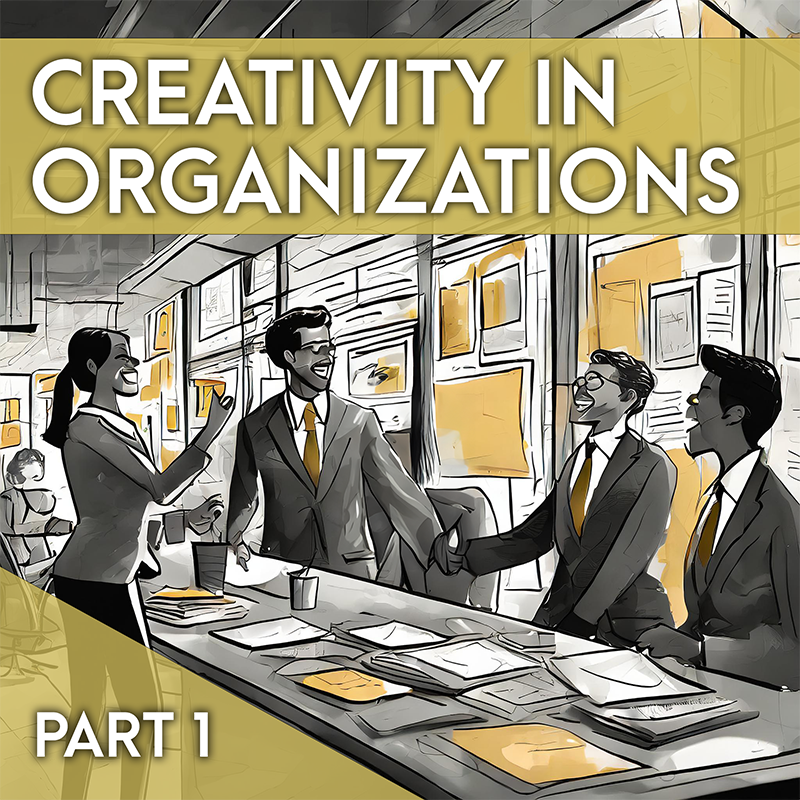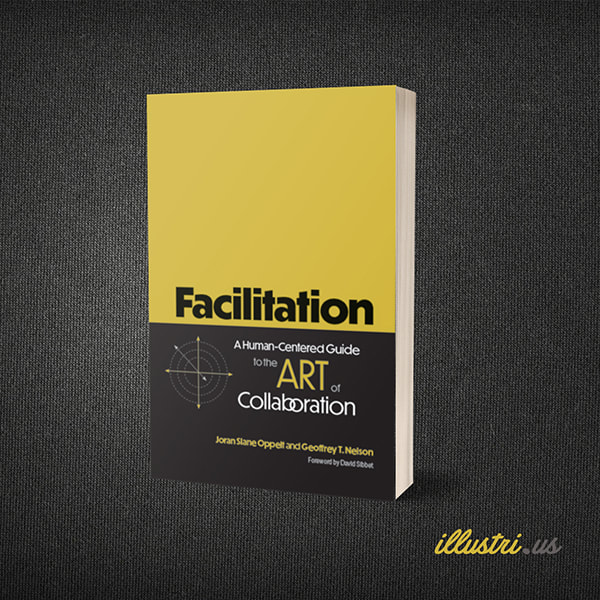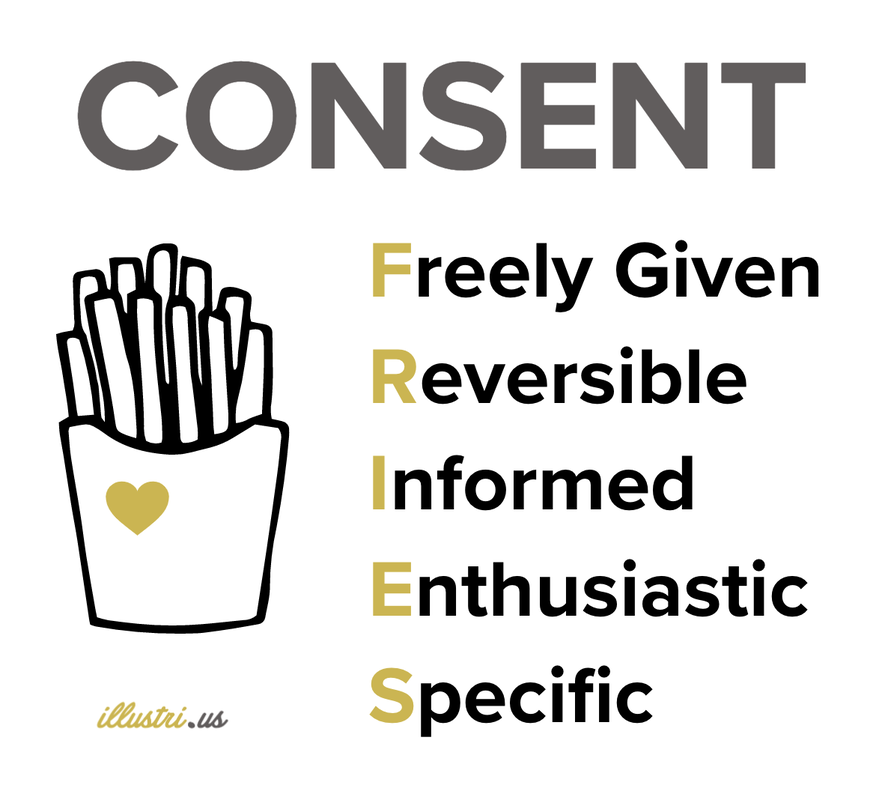|
Organizations are made of people. They are microcosms of a larger social body. These groups perform and behave in distinct (and sometimes predictable) ways. They can be businesses, families, collectives, cults, or nations. It could be argued that all businesses are cults, but that’s another topic for another time.
These organizations are so complex that we have turned to metaphor in order to comprehend and understand them. In his 2006 book, Images of Organization, Gareth Morgan writes, “Metaphor is often regarded just as a device for embellishing discourse, but its significance is much greater than this. The use of metaphor implies a way of thinking and a way of seeing that pervade how we understand our world generally. For example, research in a wide variety of fields has demonstrated that metaphor exerts a formative influence on science, on our language, and on how we think, as well as on how we express ourselves on a day-to-day basis.” Whether an organization identifies as a machine, a hive mind, a band of pirates, or a party of explorers, they must find a path to trust and cohesion as they seek to achieve and face the unknown together. The cultural hallmarks of any functioning organization (or community of people) are how they communicate and what they create together — from music to meaning to marketing plans.
0 Comments
It’s been three years and one pandemic in the making. I am so proud to finally announce the release of this fully-illustrated, definitive resource on how to facilitate groups and design collaboration. It presents a holistic view of facilitation – based on Integral Theory – and includes an array of contributions from expert voices, including co-author Geoffrey Nelson, David Sibbet, Lauren Green, Brian Tarallo, Jim Kalbach, Mark Tippin, Natalie Nixon, akasha, and Michelle Royal. If you (or your team) want to get better at guiding conversations, making decisions, surfacing opportunities, or driving outcomes, you must grab a copy today. They even come in hardcover! Inside you'll find:
Here’s What People are Saying About the Book“Whether you're a seasoned veteran or brand new to facilitating meetings and group processes, Facilitation is required reading. Everything in it is essential to the design and delivery of facilitation. And yet somehow in all 272 pages, nothing is superfluous. I tried to highlight everything that every facilitator should know; it would have been faster to have dipped the entire book in yellow ink.”
- Brian Tarallo, Lizard Brain, author of Surviving the Horror of Online Meetings: How to Facilitate Good Virtual Meetings & Manage Meeting Monsters “Facilitation is packed with essential knowledge and practical tips. This book is the perfect tool for group facilitators looking to feel more confident and capable in today's complex world. It’s an exciting and hopeful guide that delves into the underlying dynamics of group collaboration and places human experience at the center of the process.” - Rebecca Ejo Colwell, MBA; Founder Ten Directions, Co-Founder Integral Facilitator® Consent is a charged word. You usually only hear about it when someone has filed a complaint with the HR department or someone has crossed a boundary they shouldn’t have crossed.
You may be wondering what does consent have to do with my work? Consent is defined as “permission for something to happen or agreement to do something.” An example of this might be, “no change may be made without the consent of all the partners.” Consensual leadership is about encouraging acceptance and agreement before actions are taken and this approach has never been more relevant considering the power differentials between leaders and teams. We recently worked with a Board Chair of a well-known faith community who told us they had never consented to filling the role. She was told that it would be an interim position and that certain criteria would be met (a job description would be provided, regular reviews would happen, there would be administrative support, etc.). The model of governance allowed for her to be nominated without her consent, and she was voted in. She begrudgingly did the work, the criteria were never met, and she ended up serving a term of three years. She admitted that she would have been more than willing to devote herself to fundraising and community development – activities that would have really lit her up – but no one asked her. By the time three years had passed, they were desperately trying to rebuild after the pandemic and critically needed someone focused on bringing in money and reaching out to the community. Unfortunately, it was too late. She was burned out and resigned. We also work with married teams in our executive coaching program. We call it “Power Couples Coaching.” Unsurprisingly, sometimes issues that hinder these intimate relationships also affect the bottom line and their ability to turn toward each other, communicate effectively, and lead as a team. In these cases, we find it useful to discuss consent in terms of how it affects the communication inside the household and the business (i.e. ill-timed business updates over dinner, or worse, during date night). FRIES is an acronym for the elements of consent developed by Planned Parenthood to inform and educate young people about the importance of consent in relationships. Here’s what it looks like when applied to organizations.
And, enjoy the FRIES! |
Details
ABOUT THE AuthorJoran Slane Oppelt is an international speaker, author and consultant with certifications in coaching, storytelling, design thinking and virtual facilitation. Archives
March 2024
Categories
All
|




 RSS Feed
RSS Feed